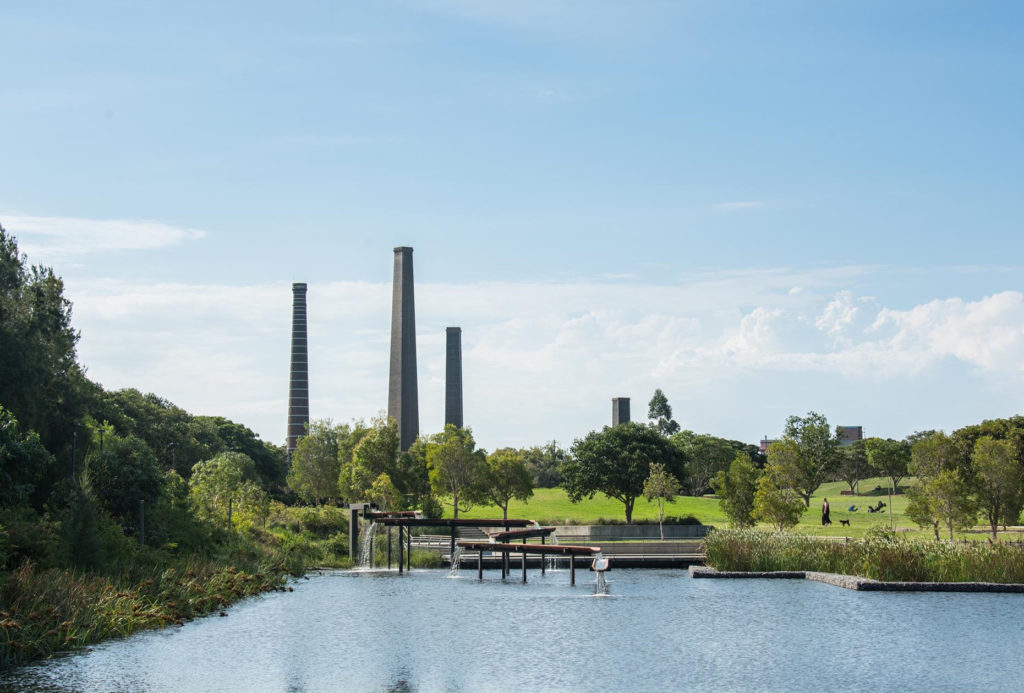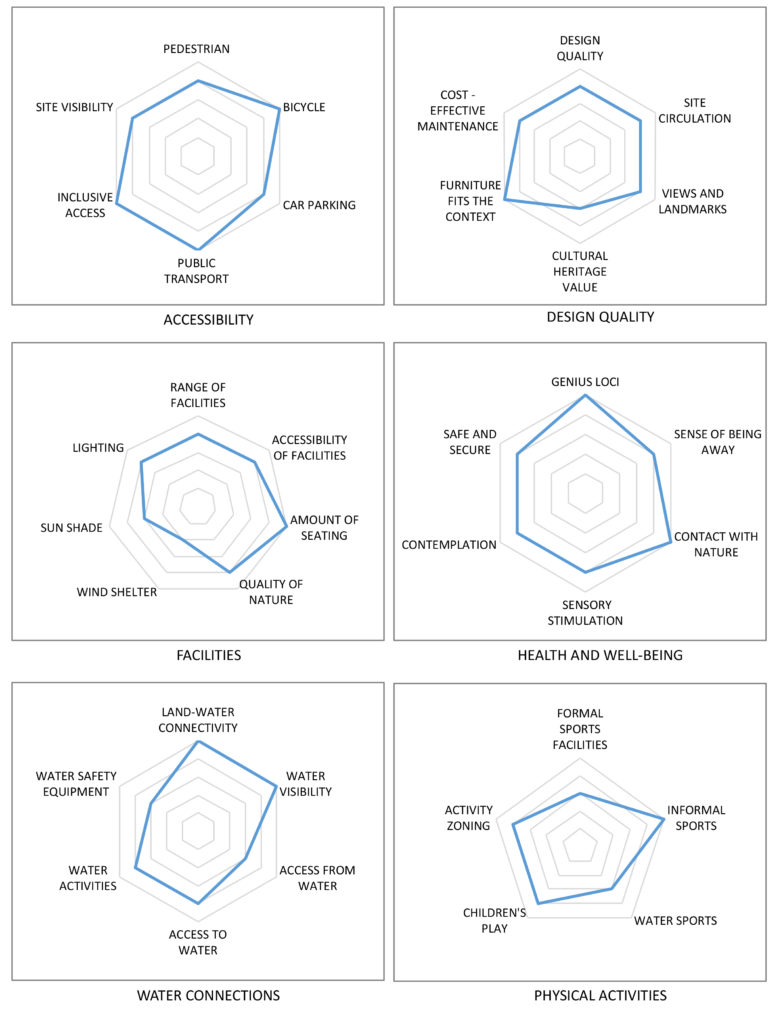
Architect
Turf Design Studio, Environmental Partnership, Alluvium, Turpin+Crawford, Dragonfly and Partridge
Type of Area
Artificial lake
Land/water interaction
Promenade
Terrace/steps
Riprap
Built Environment Types
Complete nature
Scale of Impact
District/ neighbourhood
City
Intervention Scale (Spatial)
Large site
Project Types
Public space regeneration
Habitat creation/restoration
Urban/ Rural
Inner urban area
Visibility and Openness
Fully enclosed
Fully contained view
Sustaining Nature, Sustaining People.
Sydney park water re-use project was designed by Turf Design Studio and was completed in 2015 on a 44 hectare area with 1.6 hectares dedicated to water reuse facilities. The project implemented a green infrastructure strategy and upgraded an industrial and landfill site to a public park in an inner city suburb of Sydney.
The project incorporates storm water treatment infrastructure thereby creating a vital asset for the growing communities of south east Sydney. The project demonstrates an overlapping of art, design and science and highlights the intrinsic relationship between water and urban life, topography, people, flora and fauna.
The story about water within the project is carefully narrated through the functions and processes involved from collecting/harvesting water through to cleaning and reusing it within the park.
The project in part rejuvenated an existing park wetland and transformed it into a sustainable park that reuses its own water with little need for precious water from external sources. The project enhanced the circulation of water through ponds and wetlands and renewed the ecosystem into a greener and more functioning public amenity space.
The system of blue infrastructure harvests a large amount of water annually and uses it for maintaining park functions and the ecological health of the ponds and wetlands. The water treatment within the park is carried out though water pollutant traps, bio-retention systems, vegetated swales, aeration devices and a series of wetlands.
The park, while offering a thriving wildlife habitat also improved the cultural use of the site by promoting increased nature connectedness and by connecting people to the concepts of blue infrastructure in terms of capturing, circulating and cleaning water. The wetlands have been attracting new wildlife to the park and recorded a high population of native bird species in the local area.
The park offers numerous opportunities for activities and relaxation for the local Sydney community. The cascading wetland system and steppingstones especially offer play opportunities for children.
Perception and Meaning
Imageability
Accessibility
Sense of place
Health and Wellbeing
Increased physical activities
Place affordance
Aesthetic experience
Interaction with Water
Visual
Tactile – touching

Website of the project:
http://turfdesign.com/sydney-park-water-re-use-project/
Google map reference
The project, as shown in the rating diagram has generally good scores for all aspects. In this wetland restoration project, all variables of accessibility were very well scored. The design took a very balanced approach dealing with important design criteria and was scored very well in all sections.
In terms of facilities and amenities, the site scores very well for lighting, the range of facilities, accessibility to facilities and the amount of seating and quality of nature it offers to the users, although it is rather wind exposed and not especially well-shaded.
The water connection also was scored overall high and the site offers very good access to water and has high water visibility that promotes water-related activities, although not for formal or water-based sports.
The site can be considered highly restorative as it has scored very well for all variables within the aspect of health and well-being. The site offers an excellent opportunity for nature contact and experience.
